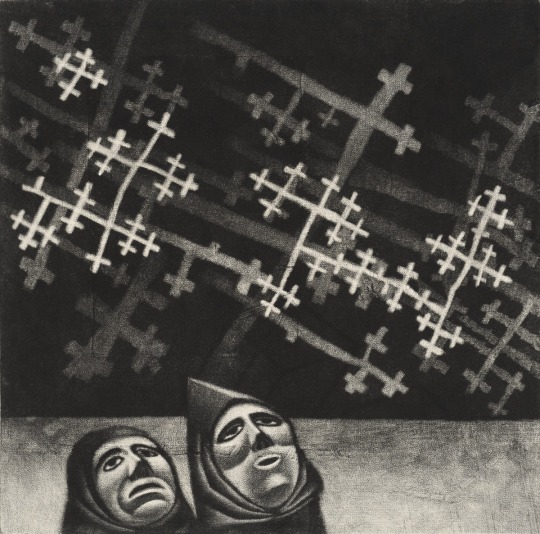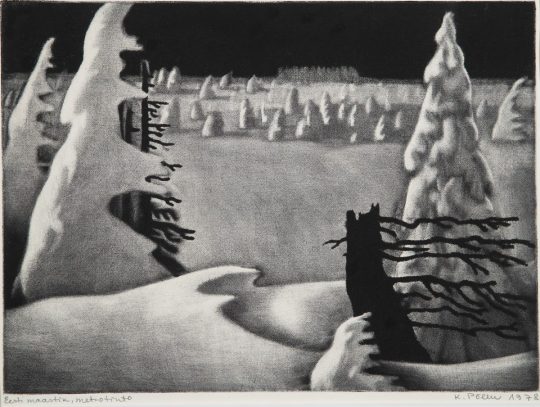#Kaljo Põllu
Text

[Image above+below: works of an Estonian artist, Kaljo Põllu (28 November 1934 – 23 March 2010) ]
Legends and myths about trees
Forest myths, Estonian traditional beliefs (2)
The world of the Estonians’ ancestors - Proto-Estonian mythology
The world of the Estonians’ ancestors is believed to have turned around a pillar or a tree, to which the skies were nailed with the North Star. The Milky Way (Linnutee or Birds' Way in Estonian) was a branch of the World tree (Ilmapuu) or the way by which birds moved (and took the souls of the deceased to the other world). These myths were based on animistic beliefs.
Some traces of the oldest authentic myths may have survived in runic songs. There is a song about the birth of the world – a bird lays three eggs and starts to lay out the nestlings – one becomes Sun, one becomes Moon and one becomes the Earth. Other Finnic peoples also have myths according to which the world has emerged from an egg.
It has been suggested by ethnologist and former president Lennart Meri and among others, that a Kaali meteorite crater which passed dramatically over populated regions and landed on the island of Saaremaa around 3,000 - 4,000 years ago was a cataclysmic event that may have influenced the mythology of Estonia and neighboring countries, especially those from whose vantage point a "sun" seemed to set in the east.
There are surviving stories about Kaali crater in Finnish mythology (Description of indigenous paganism by Finns who always believed in spirit beliefs).
In the Karelian-Finnish folk epic, the Kalevala, cantos (songs) 47, 48 and 49 can be interpreted as descriptions of the impact, the resulting tsunami and devastating forest fires. It has also been suggested that the Virumaa-born Oeselian god Tharapita is a reflection of the meteorite that entered the atmosphere somewhere near the suggested "birthplace" of the god and landed in Oesel.
Estonian mythology is a complex of myths belonging to Estonian folk heritage and literary mythology, and the systematic documentation of Estonian folklore had only began in the 19th century.
Therefore, information on Proto-Estonian mythology before the conquest of the Northern Crusades, Christianisation and incorporation into the European world and during the medieval era, is only scattered in historical chronicles, travellers' accounts and in ecclesiastical registers.
It can be difficult to tell how much of Estonian mythology as we know it today was actually constructed in the 19th and early 20th century. Friedrich Robert Fehlmann, one of the compilers of the Estonian national epic, Kalevipoeg in the introduction to Esthnische Sagen (Estonian Legends), states.
"However, since Pietism has started to penetrate deep into the life of the people...singing folk songs and telling legends have become forbidden for the people; moreover, the last survivals of pagan deities are being destroyed and there is no chance for historical research."

木にまつわる伝説・神話
森の神話・エストニアの民間伝承 (2)
エストニア人の祖先の世界 〜 原始エストニア神話
エストニア人の祖先の世界は、柱または木の周りを回っていたと信じられており、その柱には北極星とともに天空が釘付けにされていた。天の川(エストニア語ではリヌーテーまたは鳥の道)は世界樹(イルマプー)の枝であり、鳥が移動する(そして亡くなった人の魂をあの世に連れて行く)道であった。これらの神話はアニミズム的な信仰に基づいていた。
最古の本物の神話の痕跡が、ルーン文字の歌詞の中に残っているかもしれない。ある鳥が3つの卵を産み、雛を産み始める。ひとつは太陽になり、ひとつは月になり、ひとつは地球になる、という世界の誕生の歌がある。他にはフィン族にも、世界が卵から生まれたという神話がある。
3,000~4,000年前に人口密集地域の上空を劇的に通過し、サーレマー島に落下したカーリ隕石 (カーリ・クレーター) は、エストニアや近隣諸国、特に「太陽」が東に沈むように見えた国々の神話に影響を与えた可能性がある、と民族学者で元大統領のレンナルト・メリらによって示唆されている。
フィンランド神話 (精霊信仰を常に信仰していたフィン族による原始宗教的な伝説) にカーリ隕石に関する物語が残っている。カレリア・フィンランドの民俗叙事詩『カレワラ』の第47、48、49カント (聖歌) は、その衝撃と、その結果生じた津波、壊滅的な森林火災についての記述であると解釈できる。また、ヴィルマア生まれのオイセルの神タラピタは、この神の「出生地」とされる場所の近くで大気圏に突入し、オイセルに落下した隕石の反映であるとも言われている。
エストニア神話は、エストニアの民間伝承と文学的神話に属する神話の複合体であり、エストニアの民間伝承の体系的な記録が始まったのは19世紀になってからである。そのため、北方十字軍の征服、キリスト教化、ヨーロッパ世界への併合以前、そして中世のエストニア神話の原型に関する情報は、歴史年代記、旅行者の記録、教会の記録に散見されるのみである。
今日私たちが知っているエストニア神話のどれだけが、19世紀から20世紀初頭にかけて実際に構築されたものなのかを見分けるのは難しい。エストニアの民族叙事詩『カレヴィポエグ』の編纂者の一人であるフリードリヒ・ロベルト・フェールマンは、『エストニア伝説』の序文で次のように述べている。
“しかし、敬虔主義が人々の生活に深く浸透し始めて以来......民謡を歌い、伝説を語ることは、人々にとって禁忌となった; さらに、異教の神々の最後の生き残りは破壊されつつあり、歴史研究のチャンスはない。"
#trees#tree myth#tree legend#legend#mythology#folklore#estonian mythology#finnish mythology#kalevala#paganism#animism#north star#milky way#birds' way#world tree#nature#art#Kaljo Põllu#spirit beliefs#estonia
115 notes
·
View notes
Text
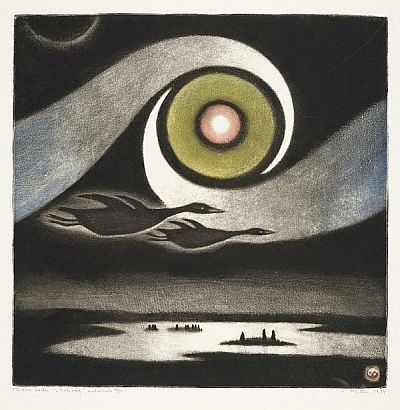
'Home of Sun'. Kaljo Põllu.
311 notes
·
View notes
Text

"Destiny" (From the series Heaven and Earth) 1987 by Kaljo Põllu (Estonian 1934-2010). Mezzotint, paper, Art Museum of Estonia
3 notes
·
View notes
Photo

Kaljo Põllu (1934-2010)
27 notes
·
View notes
Text

Kaljo Põllu
Eternity, Heaven and Earth
12 notes
·
View notes
Text
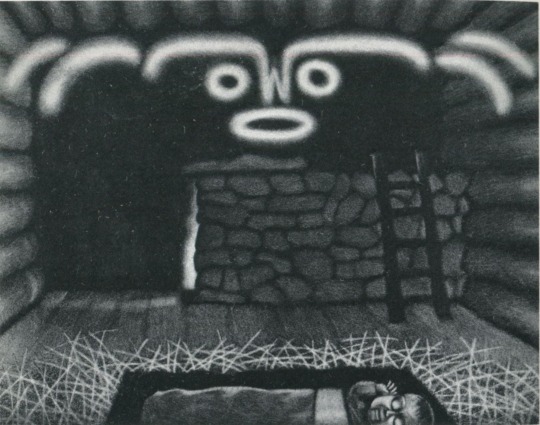

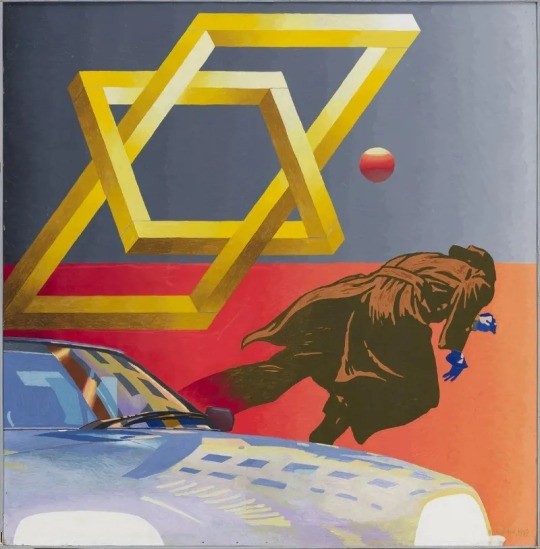

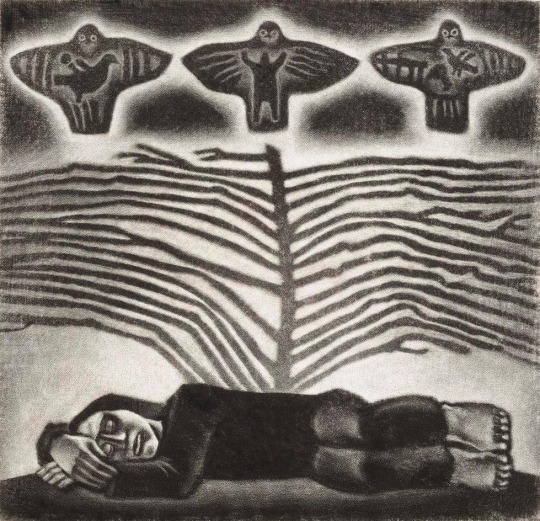
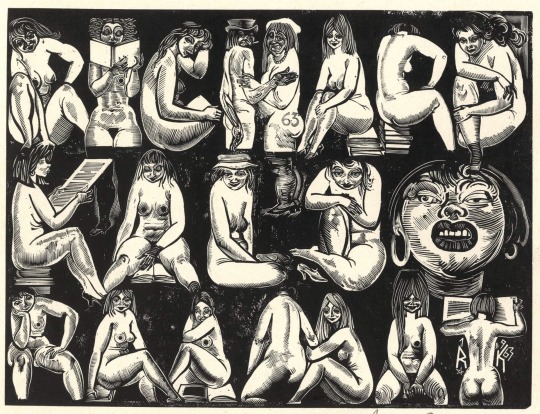
Estonian artist, Kaljo Põllu (1934-2010).
851 notes
·
View notes
Photo

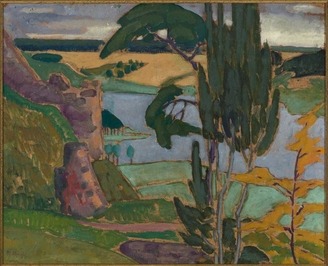


ADD 4 ARTWORKS THAT REPRESENT YOUR MUSE.
Park Pathway by Paul Raud
View of the Ruins of Viljandi Castle - Konrad Mägi
“Eryngos”-Kaljo Põllu
Figures representing folkloric culture- Bach BaBach
Tagged by: @tesstingyou
Tagging:you if you want to
7 notes
·
View notes
Text
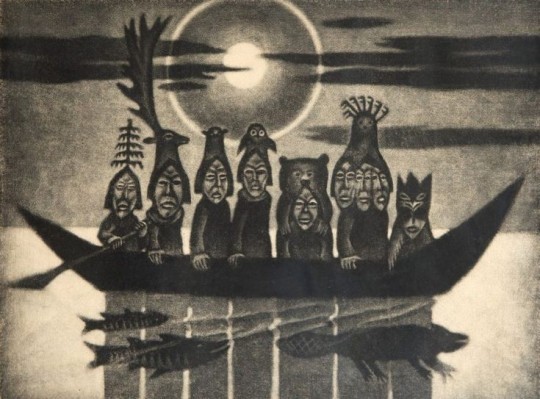
Kaljo Põllu.
80 notes
·
View notes
Text
Ajalugu pildis – pilt ajaloos
Külastasin KUMU näitust “Ajalugu pildis-pilt ajaloos”, mille kuraatorid on
Linda Kaljundi ja Tiina-Mall Kreem. Näitusel on esindatud paljude eesti kunstnike (Enn Põldroos, Jüri Arrak, Eduard Viiralt jne) teosed, mis kujutavad erinevaid seiku Eesti ja eestlaste ajaloost. Huvitav on, et kuigi Viiralt elas suurema osa oma elust ja ka suri välismaal (Pariisis), tuli ta teise maailmasõja ajaks Eestisse tagasi. Enn Põldroos on aga kolm korda saanud Kristjan Raua nimelise kunstipreemia.
Näitus tervikuna on tugev, pildid kõnelevad ennekõike oma loomisajast ning seejärel alles neil kujutatust. Näitusel on kunstiliselt ambitsioonikamaid ja vähem ambitsioonikaimaid teoseid, kuid need kõnelevad oma ajast ja loost. See tervik paneb mõtlema Eesti aja ja loo keerukusele, sest ometi oleme me ju kahjuks kokku vaid 45 aastat ilma võõra võimuta omal maal toimetanud ning mineviku keerdkäigud peegelduvad näitusel tugevalt ja kohati valusalt (samas ka kohati ilusalt).
“Ajalugu pildis - pilt ajaloos” näitab külastajale, kuidas pildid on aidanud kujundada eesti mälupaiku, sest lisaks tekstidele on ka pildid olnud olulised, kujundamaks arusaama meie ajaloo olulistest sündmustest, kohtadest ja inimestest.
Kaljo Põllu (1934-2010) 1968. aastal loodud “Kuulataja (vaikus)” on eristub kunstniku loomingus, kuna Põllu kujutas enamasti maastikku ja mütoloogiat, aga antud teos on tugeva alltekstiga ning ühiskonnakriitiline. Esmane emotsioon on kindlasti vastuoluline ja negatiivne ning mõte läheb kiirelt okupatsiooni ja sellega kaasnenud hirmuvalitsemise juurde (Orwelli “1984″ meeleolu).
Teose fookuses on horisontaalis paiknev must-valge kõrv ning käsi, mis paistab kedagi pealt kuulavat. Pilt on tehtud valmiskujunditega. Pilt seostub tugevalt suure peatükiga 20. sajandi Eesti ajaloost: ENSV-ga, mil võim põhines hirmutamisel ja agressioonil. Pildil kujutatud meeleavaldus võis olla Vietnami sõja (1964-1973) või lihtsalt nõukogude korra vastane. Igapäevaelu oligi kahepalgeline, nagu ka see pilt (must-valge vs värviline, horisontaal vs vertikaal). Teos juhib tähelepanu sellele, kuidas inimeste järele pidevalt luurati ning sellele viitab selgelt ka pildi pealkiri: “Kuulataja (vaikus)”. Kuulatav pea sümboliseerib võimu ning rahvahulk tavalisi kodanikke. Teos on pigem värvivaene, kasutatud on musta, valget ning rohelist, teos on pigem tume ning külm. Teose juures pole oluline esitusviis ning selle paiknemine ruumis, sest teos on tugeva nähtava mõttega ning ei ole seotud ruumiga. Kuigi teos tekitas mulle pigem halva tunde, meeldis see mulle siiski väga oma värvivaliku ja mõjuvõimsuse tõttu. Pildilt on tunda, kuidas nõukogude võim on kunstihinge rõhunud nii sügavalt, et ta on midagi nii kriitilist ja oma loomingust erinevat protestiks loonud.

0 notes
Photo

Kaljo Põllu (1934-2010) doorofperception.com-Kaljo_Pollu-35-840x754
7 notes
·
View notes




